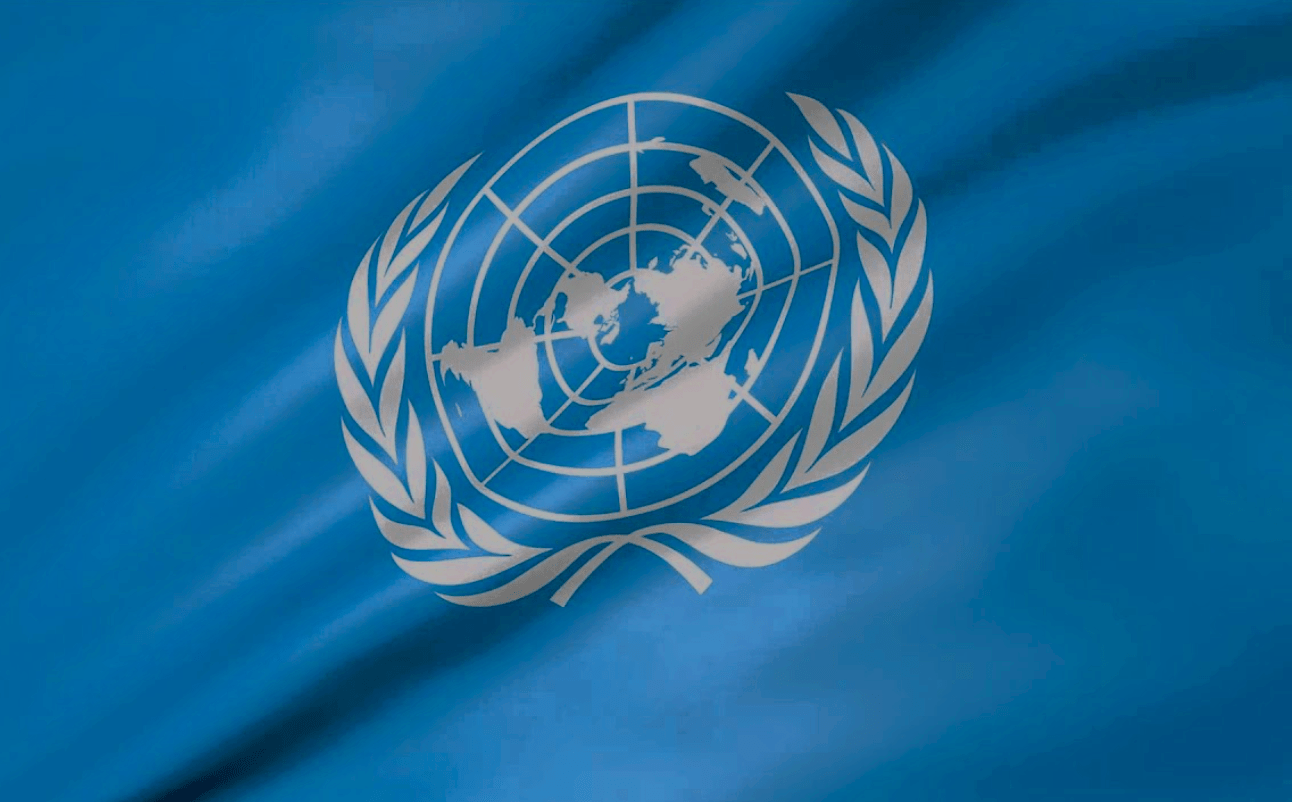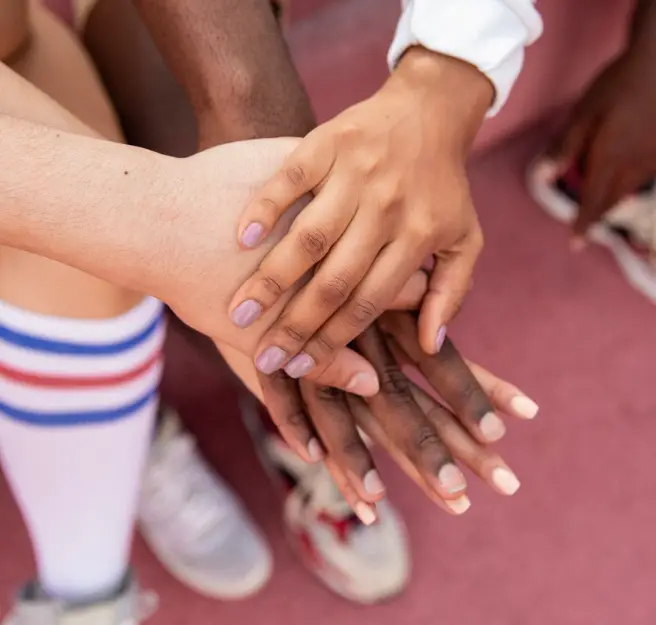The Foundation of the Sport and Human Rights Movement
The UN Guiding Principles are the blueprint all states and enterprises must take to uphold human rights. Developed through extensive research and discussions over the course of several years by professor and special representative to the UN John Ruggie, they were unanimously endorsed by the United Nations Human Rights Council in 2011. They provide the minimum standard to which all sports governing bodies must adhere to retain their social license.
Three Pillars of the UNGPs

- Protect: States have a duty to protect human rights through policies, regulation, legislation, and effective enforcement.
- Respect: Enterprises have a responsibility to respect human rights — to avoid harming rights through their activities or relationships, and to address harms that do occur.
- Remedy: States and enterprises must ensure individuals have access to effective remedy if and when their rights are harmed.
Other Human Rights Declarations and Agreements
In addition to the UNGPs, the sport and rights movement aligns with all internationally recognized human rights from the United Nations and International Labour Organisation (ILO), as well as sports-specific human rights agreements from the World Player Association, FIFA, and the International Olympic Committee.
Learn more about each of these human rights declarations below.

